Summary
- Lumon’s mysterious nature adds depth and intrigue to Severance’s setting, enhancing its chilling atmosphere.
- Severance’s workplace satire amplifies reality to highlight the absurdities of everyday life and work culture.
- Discussing the show’s cryptic details is engaging, but focusing solely on solving puzzles risks missing the larger story.
When the first season of Apple TV+‘s sci-fi workplace satire Severance premiered back in 2022, it quickly became one of streaming’s most talked-about series, largely due to its many strange and mysterious details. Critics and audiences alike were quick to jump into Reddit threads and comments sections to share their favorite theories about what might be going on at Lumon and in the show’s wider world, helmed by series creator Dan Erickson and executive producer Ben Stiller.
All of this online theorizing marked Severance as the next great “mystery box” show, in the grand tradition of Lost, one of the first series whose engagement was largely driven by fan speculation. But while the show certainly has plenty of questions to ponder, treating it too much like a puzzle to be solved can end up doing the series and its unique world a disservice.

Related
Severance Season 2 Actor Admits He’s Never Watched the Show
As compelling as the Severance TV series is, it seems as though one of the show’s main stars hasn’t even watched it yet.
Severance’s Unsettling Setting
Severance is certainly a series that rewards repeated viewings, taking advantage of one feature that streaming can use but linear TV can’t: the pause button. Pausing on certain props like Petey’s hand-drawn map or Cobel’s homemade Lumon shrine can wield enough tiny details to keep a Reddit thread buzzing with activity until the next episode, to say nothing of the more overt moments of strangeness like Mark and Helly stumbling on a department raising baby goats.
Each of these moments raise more questions about Lumon, the shadowy corporation that is Severance’s main setting. They hint at a grander history for the company, one that goes back generations, along with the bizarre mythology surrounding the company’s founding family, the Eagans. The more details the series shares about Lumon, the more labyrinthine and opaque it becomes. Naturally, this opens the door to a great deal of speculation from the audience as to what Lumon is up to, and what the end goal of the company might be. And while there’s nothing wrong with asking questions and sharing theories, it’s unclear whether many of these questions truly have answers, or even need them.
Lumon is, at its core, a mysterious and impenetrable company, and derives much of its power as a setting—and even as a character in itself—from its unknowable nature. The company is basically the primary antagonist of the show, and like a villain from a great horror movie, is scarier when the audience knows less about it. Michael Myers was never more effective than in the first Halloween film, when he was an unstoppable killer whose minimal backstory only served to make him more frightening.
Severance isn’t exactly a horror story, but horror is one of the many elements that make up its unique genre blend, and its ability to unsettle its audience thrives on a sense of mystery. Viewers don’t necessarily have to know how the “Break Room” works to know they wouldn’t want to end up there, and its surreal details and striking visuals are all that’s really needed to make it uniquely disturbing.
Severance as Satire
The same goes for the severed floor itself, and what the innies in Macrodata Refinement are really doing for eight hours a day. Severance is, among other things, a workplace satire, taking the concept of “work/life balance” to a dystopian extreme. Like any great satire, it amplifies and exaggerates reality in its own distorted way to highlight the absurdities of everyday life. Details like finger traps and melon bars may or may not have some deeper narrative or symbolic meaning, but they also serve to satirize the typically meaningless perks that companies use to keep their workers productive and compliant.
Even the question of just what kind of data the MDR team is refining doesn’t really need an answer, and is in fact more poignant for not having one. The innies are led to believe that the work is, as Mark puts it, “mysterious and important,” but this is just what they’re told by the higher-ups. The fact that they—and the audience—really have no idea what they’re actually doing supports the series’ satirical point that work without meaning is corrosive to the soul. It’s possible that Erickson and Stiller will eventually reveal what the innies’ real work actually is, and this revelation may enrich viewers’ understanding of the series’ world and larger themes, but it also might come at the expense of some of the show’s satirical power.
None of this is to say that discussing and theorizing about Severance’s cryptic little bread crumbs is the wrong approach, or not the creators’ intention. Part of the fun of being a TV fan in the internet era is the ability to engage with other fans and share ideas, particularly for shows released weekly like Severance. This kind of engagement is a boon to any series, showing the decision-makers that there is an active and dedicated audience on board. But the danger of approaching any series like a puzzle to be solved is that it’s easy to lose sight of the forest for the trees, focusing solely on the mysteries and missing out on the larger story being told. Luckily, Severance is the rare show with enough narrative and thematic richness to support any number of wild theories, with plenty left over to chew on.
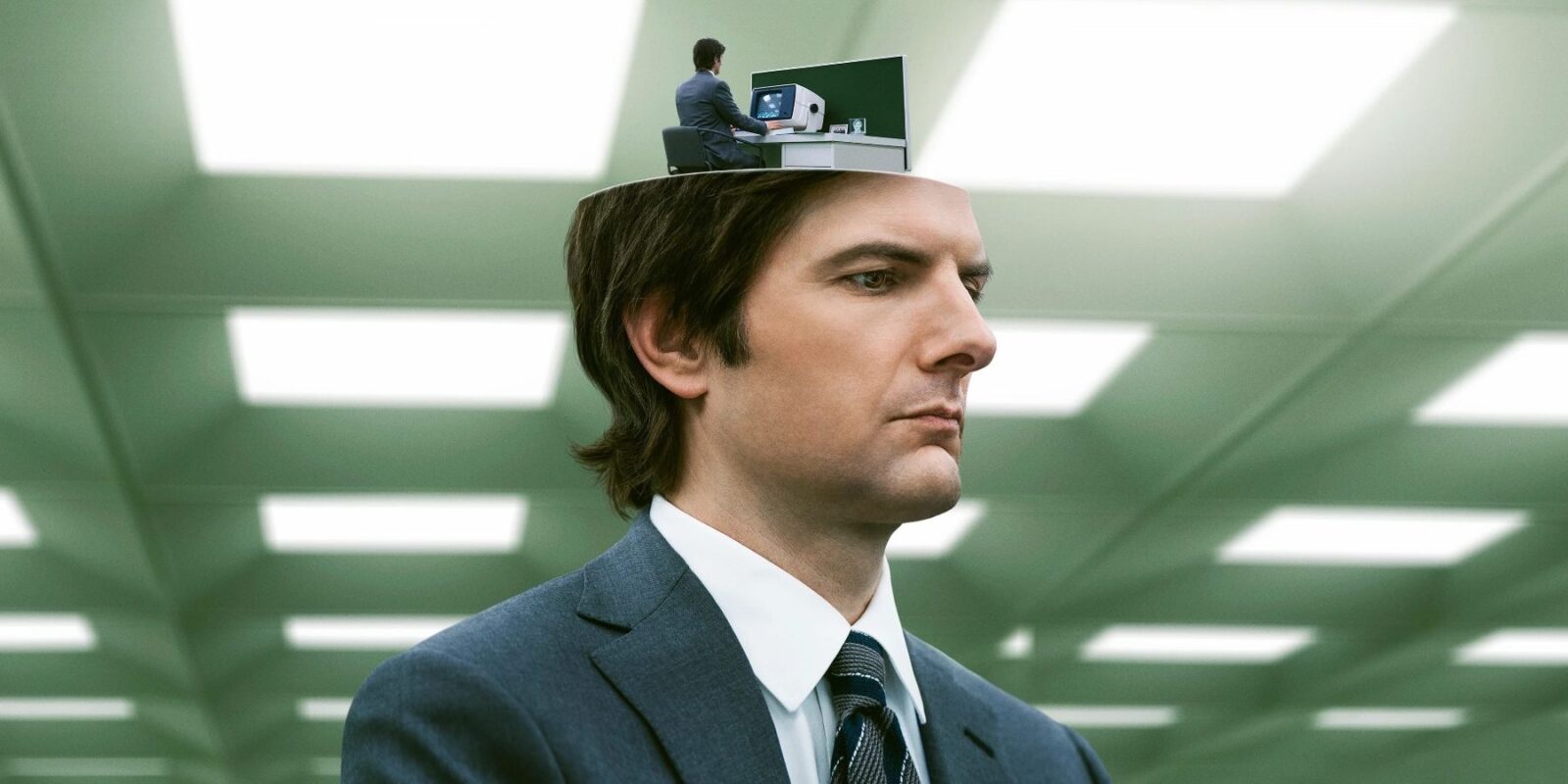
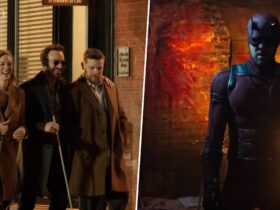
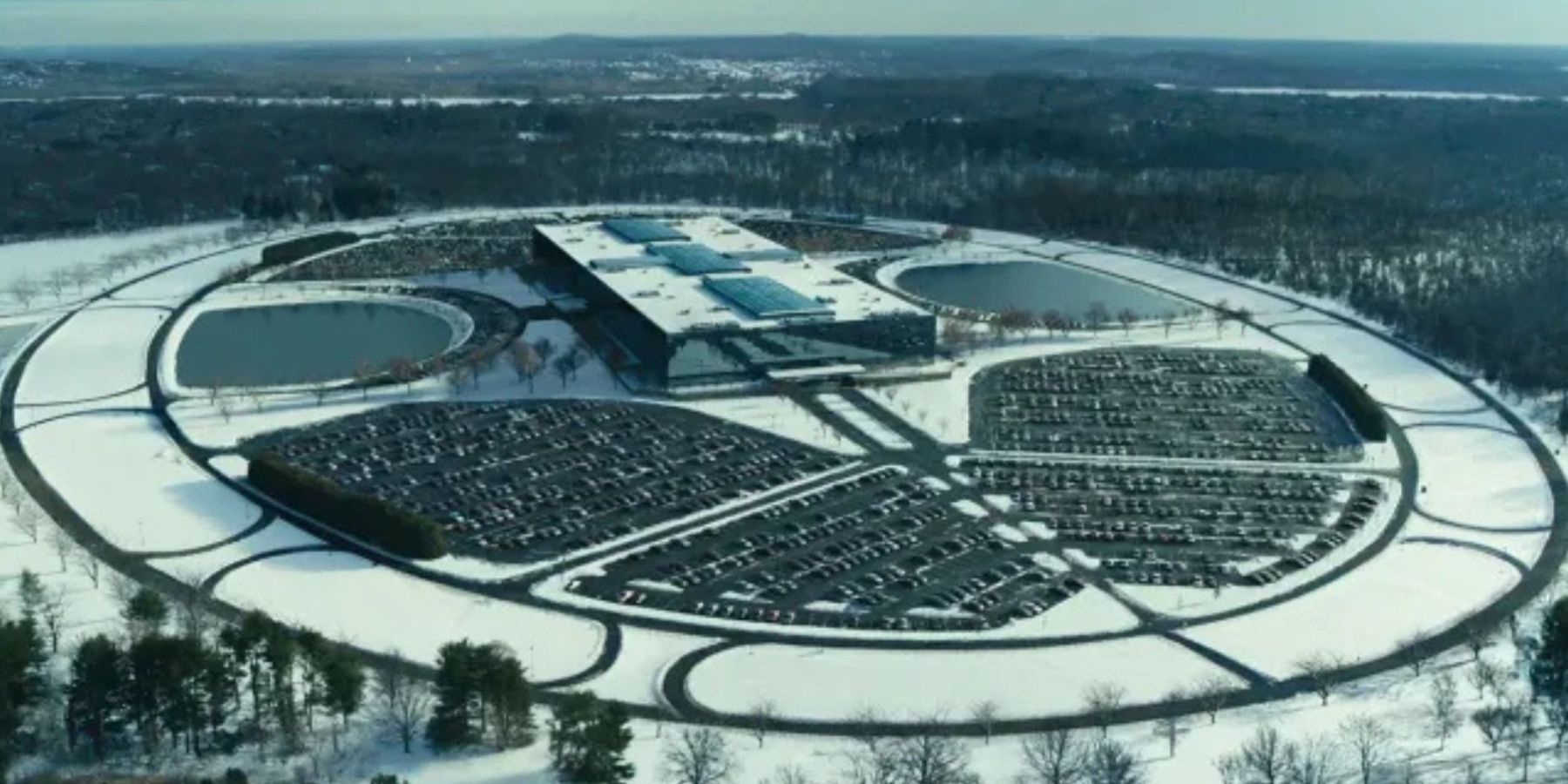
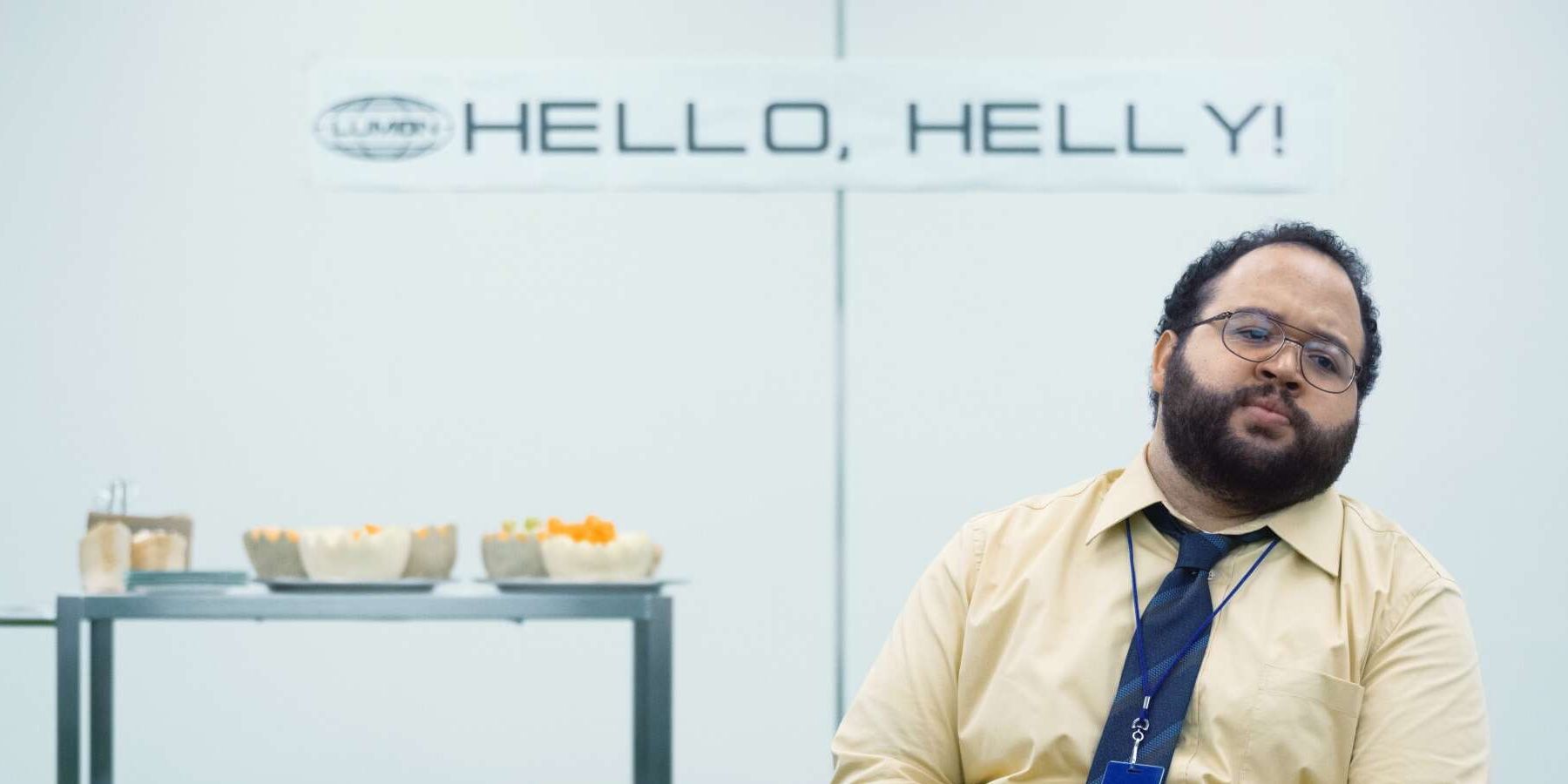
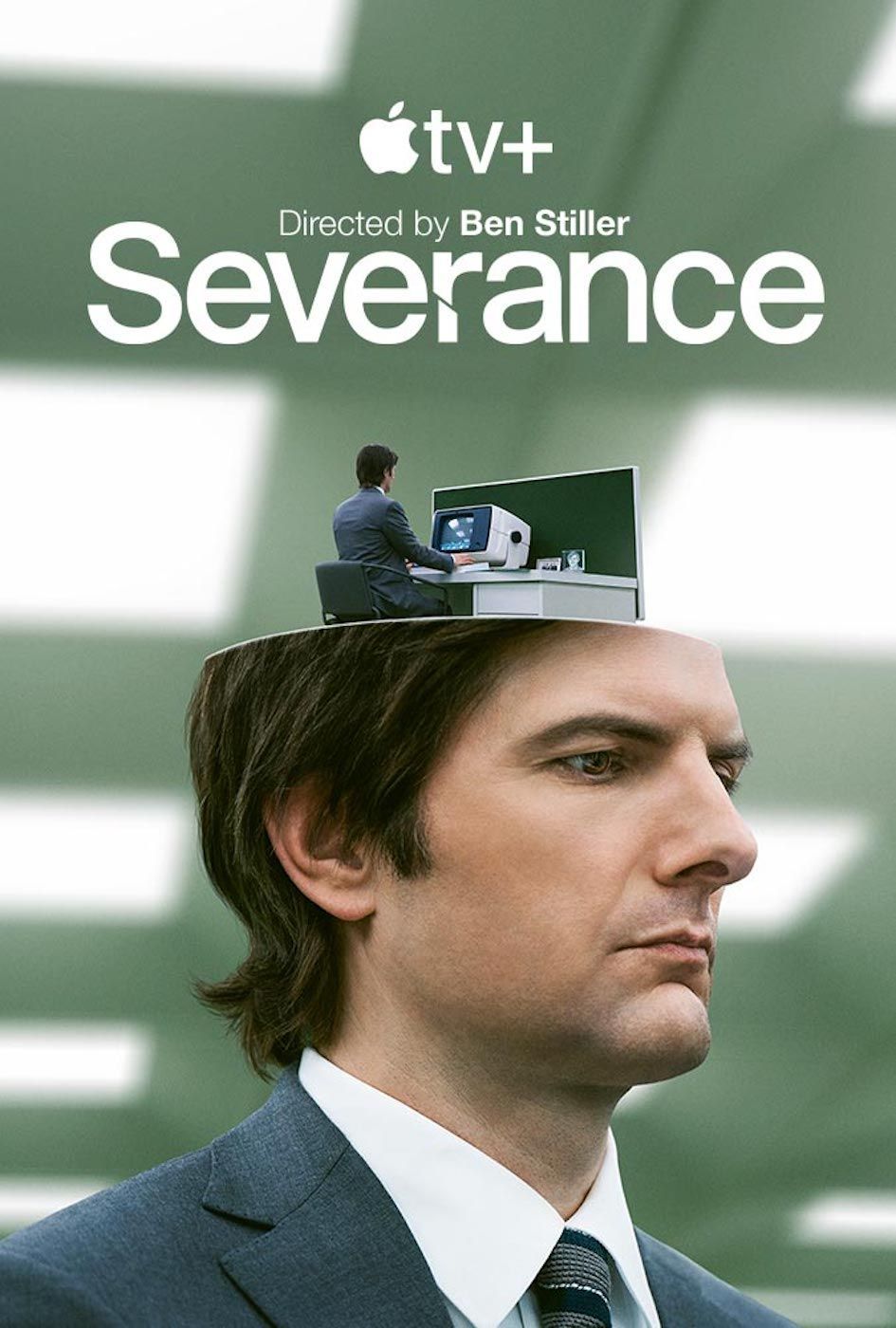

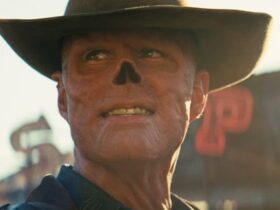






Leave a Reply